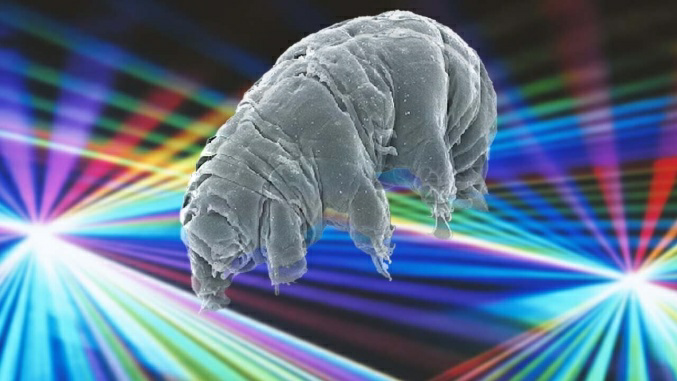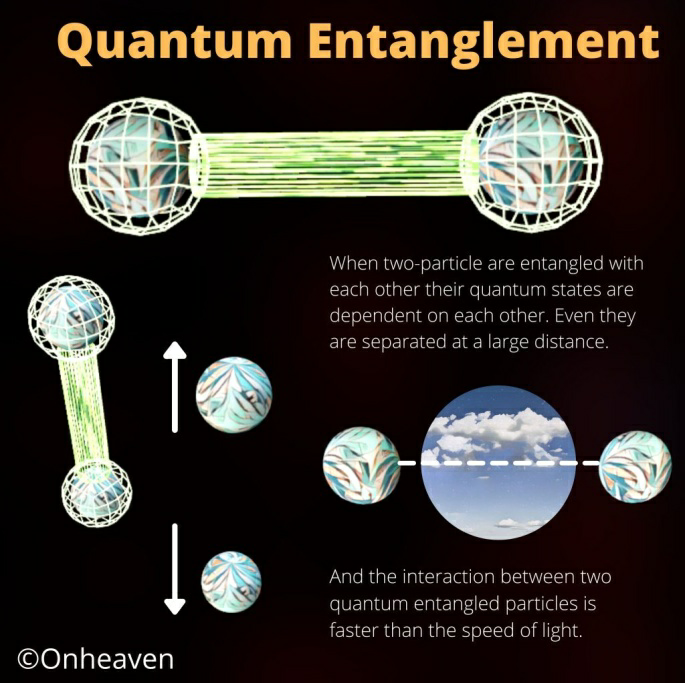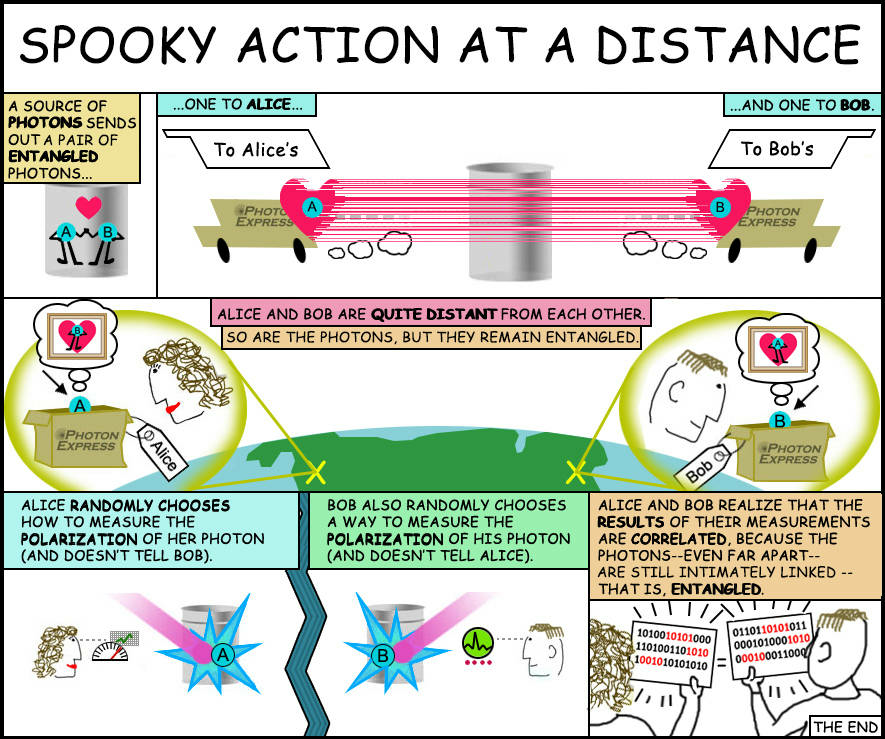Description

Disclaimer: Copyright infringement not intended.
In News
- An international team of researchers are claiming to have performed the first ever experiment successfully ‘quantum entangling’ a multi-celled organism.
- The team, says it’s managed to place a tardigrade in a state of quantum entanglement between a pair of superconducting qubits.
Tardigrades
- Tardigrades also known as water bears or moss piglets, are a phylum of eight-legged segmented micro-animals.
Habitat
- They have been found everywhere in Earth's biosphere, from mountain tops to the deep sea and mud volcanoes, and from tropical rainforests to the Antarctic. Tardigrades are prevalent in mosses and lichens and feed on plant cells, algae, and small invertebrates.
Physiology
- Tardigrades are among the most resilient animals known, with individual species able to survive extreme conditions — such as exposure to extreme temperatures, extreme pressures (both high and low), air deprivation, radiation, dehydration, and starvation — that would quickly kill most other known forms of life. Tardigrades have survived exposure to outer space.
- Tardigrades are one of the few groups of species that are capable of suspending their metabolism (cryptobiosis).
Note: In the cryptobiotic state, all measurable metabolic processes stop, preventing reproduction, development, and repair. When environmental conditions return to being hospitable, the organism will return to its metabolic state of life as it was prior to the cryptobiosis.
- Many species of tardigrade can survive in a dehydrated state up to five years, or longer in exceptional cases.
Quantum Entanglement
- Quantum entanglement is a physical phenomenon that occurs when a pair or group of particles is generated, interact, or share spatial proximity in a way such that the quantum state of each particle of the pair or group cannot be described independently of the state of the others, including when the particles are separated by a large distance.
- Measurements of physical properties such as position, momentum, spin, and polarization performed on entangled particles can, in some cases, be found to be perfectly correlated.
- Quantum entanglement has direct application in Quantum Computing.


The Experiment
- The researchers managed to put a tardigrade in a state where it was directly connected to the qubits in such a way that anything that happens to the water bear or the qubits would simultaneously affect all three.
- This is a fundamental property of quantum computing.
Qubits
- In quantum computing, a qubit or quantum bit is the basic unit of quantum information.
- An ordinary computer chip uses bits. These are like tiny switches that can either be in the off position – represented by a zero – or in the on position – represented by a one.
- Rather than just being on or off, qubits can also be in what’s called ‘superposition’ – where they’re both on and off at the same time, or somewhere on a spectrum between the two. A qubit allows for uncertainty.
- The other thing that qubits can do is called entanglement. In entanglement, two particles are linked together, even if they’re physically separate.
Read more at: https://www.iasgyan.in/blogs/quantum-computing and;
https://www.iasgyan.in/daily-current-affairs/quantum-laboratory-at-mhow-mp
https://thenextweb.com/news/scientists-created-biological-quantum-circuit-grisly-experiment-tardigrades












